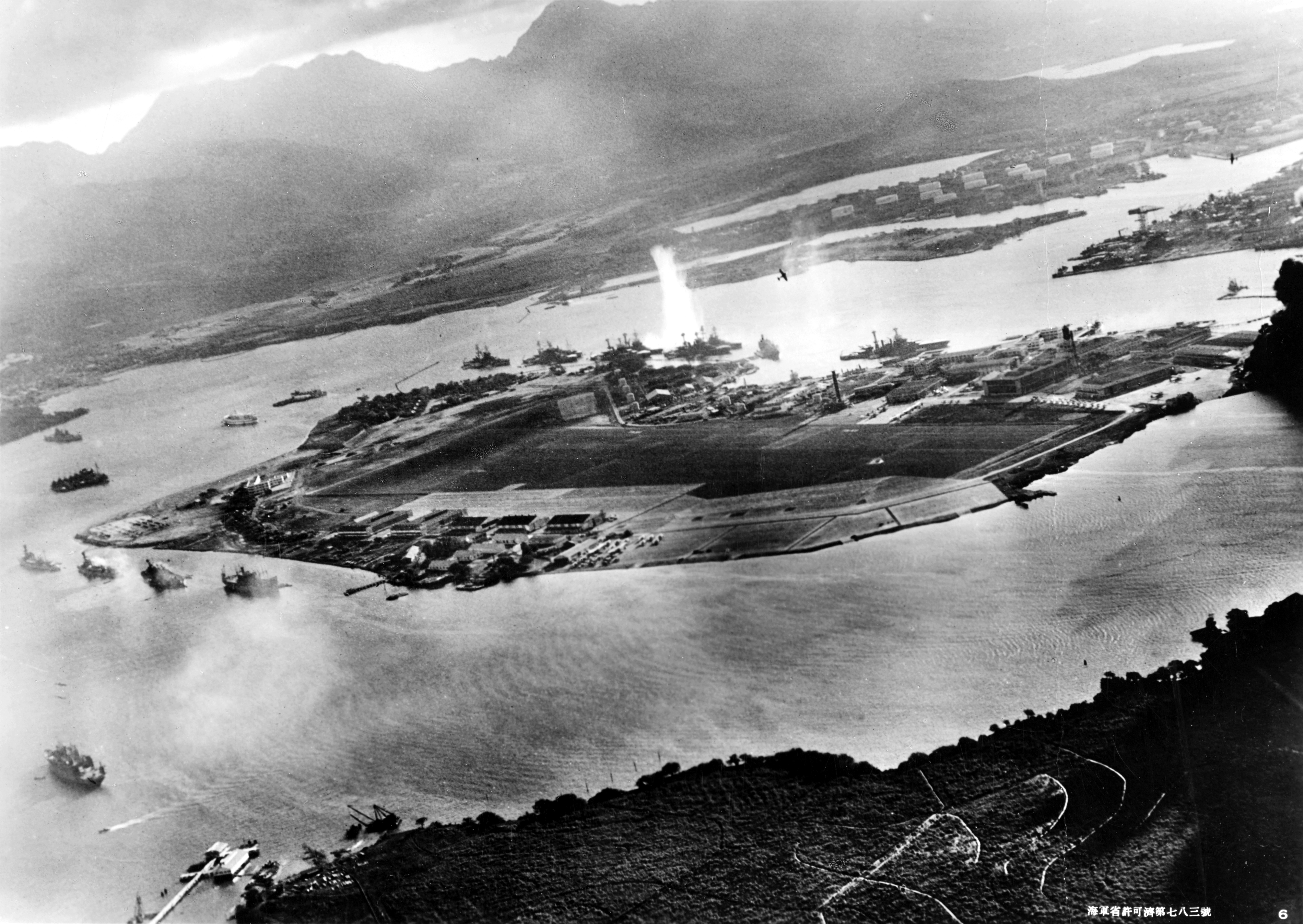
Seed and feed store, Lincoln, Nebraska, 1942
Middle America in the time just before and on into the early years of the War: this is the world into which I was born, in which I spent my childhood. In memory, it remains familiar to me, and has a scale I am able to recognize.
I say that world remains familiar to me in memory. But memory is a notoriously fleeting faculty, requiring, latterly, a bit of prompting. The photos here work for me as prompts. They take me back to that gone world, and perhaps even help to create the memories.
The photographer John Vachon (1914-1975) left his native Minnesota in 1936 to attend college in Washington, D.C., but within a year had dropped out of school and gone to work for the Farm Security Administration. At the time FSA director Roy Stryker was assembling a crew of the finest photographers in the country, their mission to document the lives of common working people and rural poor around a Depression-stricken America. Vachon, with no prior training in photography, began at FSA as a messenger, later became a filing clerk and fell into taking pictures out of a curiosity bred of proximity.
"John came [to Washington] to go to Catholic University," Stryker recalled in a 1963 Smithsonian oral history interview. "Got into some trouble down there because he was curious about the world about him and didn't attend classes. Finally wound up as a messenger in our place. I needed a librarian -- John was out doing filing and messenger work, and I asked him if he'd like to take it. And he took it over and became very successful at it."
Encouraged by one of most famous of the FSA photographers, Ben Shahn, Vachon borrowed a Leica and on weekends began snapping shots around the Potomac River valley. "I came back from vacation once -- I'[d] never had an assistant down there, but I came back and John had taken to loading one of our cameras," Stryker remembered. "He'd gone off on a walking tour and came back with some surprisingly good pictures. Later on it became apparent that John should quit the filing and become a photographer, and he turned [out] to be a superbly good one. He's what I have said many times is the only 'congenital photographer' that I ever realized we had."
With the loan of equipment from Stryker and under the tutelage of FSA photographers Arthur Rothstein and Walker Evans, Vachon took on his first solo traveling assignments for the agency in the fall of 1937 in Nebraska.
In a 1973 interview Vachon looked back on this period as the time of his true birth in the art he would practice for the FSA until its dissolution in 1943 and later as a photojournalist at Life and Look (where he would work for for 25 years, until its demise in 1971). He had been sent to work in Omaha, but given no list of specific subjects. He was on his own.
I spent a cold November week in Omaha and walked a hundred miles. Was it Kearney Street where unemployed men sat all day on the steps of cheap hotels? A tattoo parlor, and the city mission with its soup kitchen. Men hanging around the stockyards. One morning I photographed a grain elevator: pure sun-brushed silo columns of cement rising from behind CB&Q freight car. The genius of Walker Evans and Charles Sheeler welded into one supreme photographic statement, I told myself. Then it occurred to me that it was I who was looking at the grain elevator. For the past year I had been sedulously aping the masters. And in Omaha I realized that I had developed my own style with the camera. I knew that I would photograph only what pleased me or astonished my eye, and only in the way I saw it.
He quickly developed that style of his own. And over the next several years ranged afield across the interior of the country, working out of various FSA regional offices at the standard $5-a-day salary also drawn by his more experienced colleagues Shahn, Evans, Rothstein, Dorothea Lange, Russell Lee, Jack Delano, Marion Post Wolcott, Carl Mydans, et al.
Samples of the photos that resulted from Vachon's odyssey can be seen here and in the two preceding posts. They capture the image of an America that is, for all intents and purposes, lost.
I say lost; yet then again some essence of what John Vachon saw in his travels, in those years of austerity, perhaps remains. His photographs seem to identify a trace in the American grain, a vein of lonely spaces, material emptinesses and great spiritual distances. But his eye can be hard and gentle in the same moment. He sees darknesses that go deep within the interiors of the common places, yet explores these depths dispassionately: as though they were merely surfaces, without judgment. The evident absence of judgment has made it difficult to classify Vachon as a social historian with a direct political intent. There is in his work a surprising affection for this vacant heartland.
And that element perhaps accounts for the paradoxical intimacy of scale, which brilliantly solicits the historical imagination.

Grand Grocery Co., Lincoln, Nebraska, 1942Photos by John Vachon for the Farm Security Administration (Farm Security Administration/Office of War Information Collection, Library of Congress)





















































